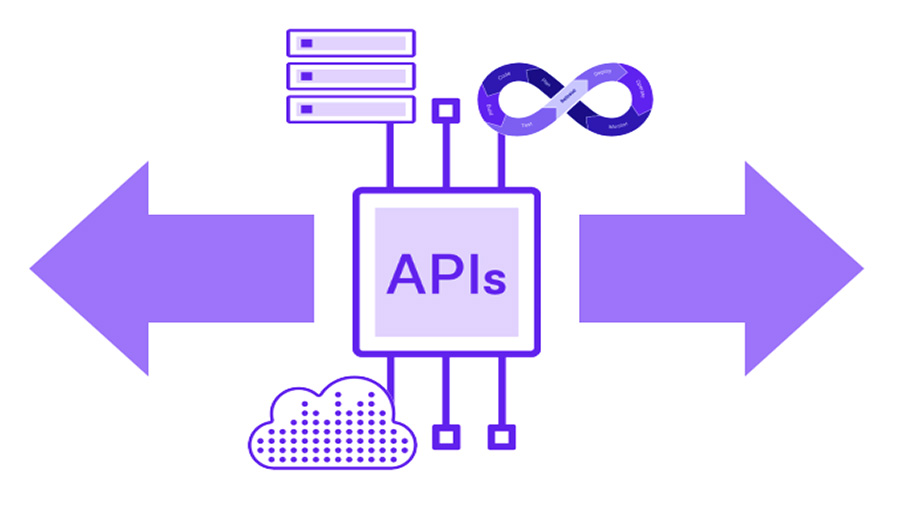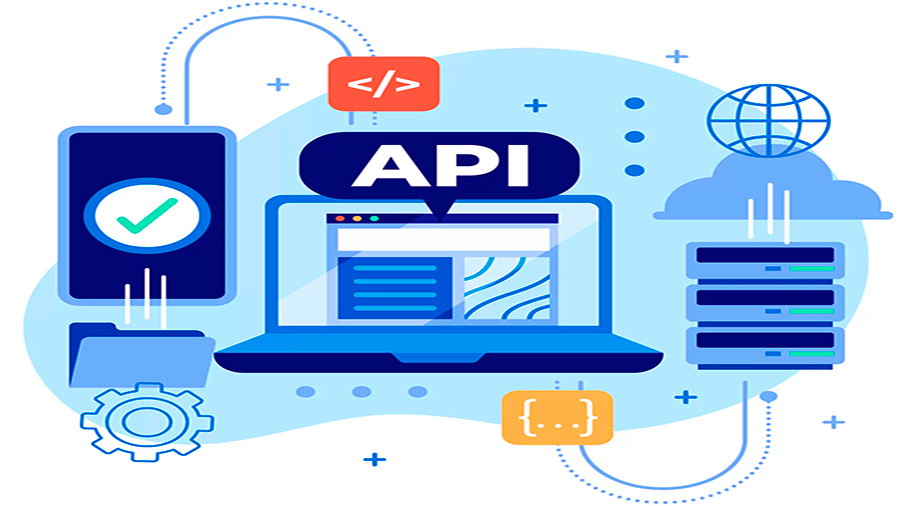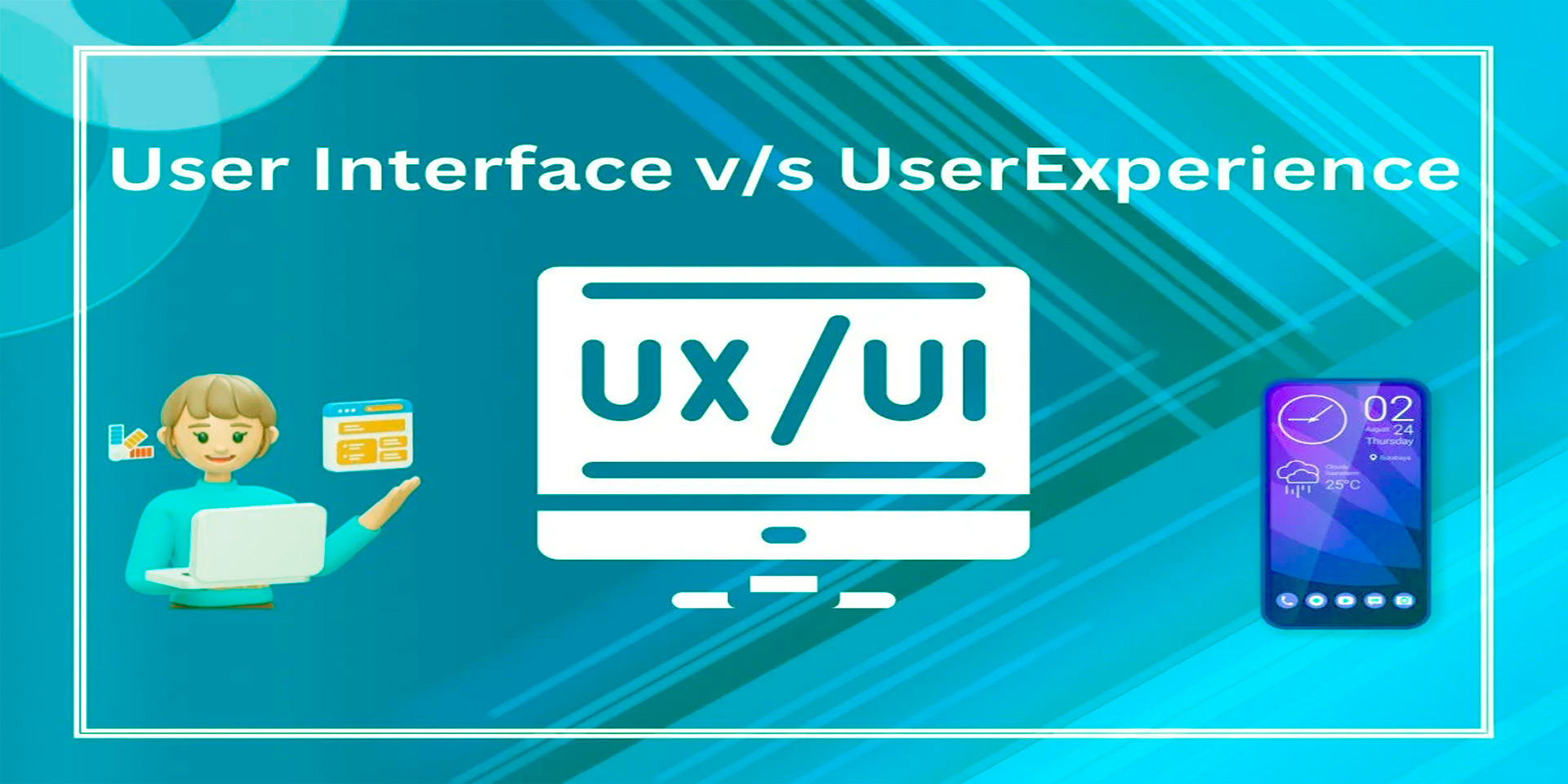In today’s web development landscape, integrating third-party APIs is a common practice to enhance functionality and user experience. APIs (Application Programming Interfaces) allow developers to leverage existing services and data, streamlining the development process and adding powerful features to websites and applications. This article explores how to integrate third-party APIs into your web development projects effectively.
Understanding APIs
APIs enable different software applications to communicate with each other. Third-party APIs are provided by external services, allowing developers to access functionalities and data from these services within their own applications.
Key Benefits of Using Third-Party APIs
- Expanding Functionality: APIs provide access to a wide range of functionalities without needing to build them from scratch, such as payment processing, geolocation, and social media integration.
- Saving Time and Resources: By using third-party APIs, developers can save significant time and resources, focusing on core features instead of reinventing the wheel.
- Enhancing User Experience: APIs enable seamless integration of advanced features that can enhance the user experience, such as interactive maps, real-time data feeds, and authentication services.
- Ensuring Reliability and Performance: Many third-party APIs come from established services with robust infrastructure, ensuring high performance and reliability.

Steps to Integrate Third-Party APIs
Integrating third-party APIs into your web development projects involves several steps. Here’s how to do it effectively:
Identify the Right API
Before integrating an API, identify the right one that meets your project’s needs. Consider factors such as functionality, reliability, documentation, and cost.
Research various APIs to find the best fit for your project’s requirements. Look for reviews, case studies, and examples of how other developers have used the API.
Read the Documentation
Thoroughly read the API documentation to understand its capabilities, usage limits, authentication methods, and data formats. Good documentation is crucial for successful integration.
Make sure you understand the API’s endpoints, request and response structures, and any rate limits or quotas that might apply.
Obtain API Keys
Most APIs require authentication using API keys or tokens. Sign up for the API service and obtain the necessary keys or tokens to access the API.
Keep your API keys secure and do not expose them in client-side code. Use environment variables or secure storage methods to manage your keys.
Test API Endpoints
Before integrating the API into your project, test the endpoints using tools like Postman or cURL. This helps you understand the request and response patterns and troubleshoot any issues.
Testing endpoints allows you to verify that the API behaves as expected and returns the data or functionality you need.
Integrate the API into Your Code
Start integrating the API into your project by writing the necessary code to make API requests and handle responses. Use libraries and frameworks that simplify the process.
For example, in JavaScript, you can use the Fetch API or libraries like Axios to make HTTP requests to the API endpoints.
Handle Errors and Edge Cases
Implement error handling to manage API failures, rate limit issues, and other edge cases. Ensure your application can gracefully handle errors without affecting the user experience.
Check the API documentation for common error codes and implement appropriate error messages and fallback mechanisms in your code.
Optimize Performance
Optimize the performance of your API integration by minimizing the number of requests, caching responses where possible, and ensuring efficient data processing.
Consider using techniques such as debouncing or throttling to limit the number of API requests in response to user actions.
Monitor and Maintain the Integration
Regularly monitor the API integration to ensure it continues to function as expected. Stay updated with any changes or updates to the API that might affect your integration.
Set up logging and monitoring to track API usage, errors, and performance metrics. This helps you identify and address issues proactively.

Enhancing a Web Application with Third-Party APIs
A travel booking website aimed to enhance its functionality and user experience by integrating several third-party APIs. Here’s how they successfully implemented these integrations:
- Identifying the Right APIs: The team identified APIs for flight data, hotel availability, and payment processing that aligned with their project’s requirements.
- Reading the Documentation: They thoroughly reviewed the documentation for each API to understand the endpoints, authentication methods, and data structures.
- Obtaining API Keys: The team signed up for the API services and obtained the necessary keys and tokens for authentication.
- Testing API Endpoints: Using Postman, they tested the API endpoints to verify the requests and responses, ensuring they could retrieve the required data.
- Integrating the APIs: They integrated the APIs into their web application using JavaScript and PHP, leveraging libraries to simplify HTTP requests and data handling.
- Handling Errors and Edge Cases: The team implemented error handling to manage API rate limits, authentication errors, and data inconsistencies, ensuring a seamless user experience.
- Optimizing Performance: To optimize performance, they cached frequent API responses and minimized redundant requests by batching data retrieval where possible.
- Monitoring and Maintaining the Integration: They set up logging and monitoring tools to track API usage and performance, staying updated with any changes to the APIs and maintaining the integrations effectively.
Conclusion
The integration of third-party APIs significantly enhanced the website’s functionality, providing real-time flight and hotel data, secure payment processing, and an overall improved user experience. The team also saved development time and resources by leveraging these existing services.



